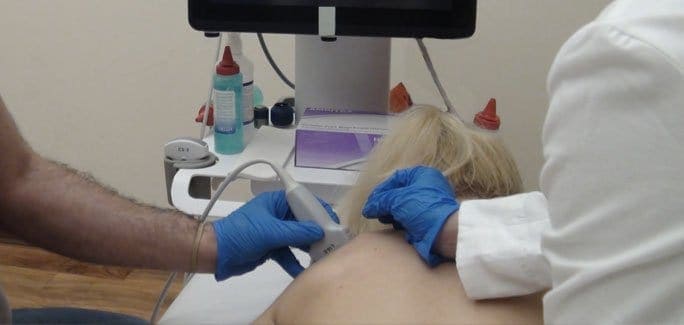If you have ever had any musculoskeletal pain, I am sure you have also come across acupuncture, and dry needling therapy and consequently have a lot of questions. If this is your situation, you in the right place and at the end of this article, you should have all the information you need.
First, you need to know that there are two types of acupuncture. The origins of acupuncture are in, and we now have a western version of acupuncture. Let’s get right into it.
- Chinese acupuncture – This stems from the concept of negative (ying) and positive (yang) energies. The Chinese believe that these two energies make up the body. When these energies are balanced, there is a flow of Qi. When you fall sick, get injured or suffer any other kind of trauma, there is inhibition in the flow of Qi. Acupuncture is supposed to balance out the energies and bring back the flow of Qi which will relieve pain or inflammation.
- Western acupuncture – Medical practitioners all over the world found that acupuncture works and they have included it in their physiotherapy treatments. When incorporating acupuncture in western medicine, it is utilized for pain relief by stimulating the nervous system. The stimulation of the nervous system works by assisting the body in producing chemicals such as endorphins, melatonin, and serotonin. These chemicals will help you get pain relief, better sleep patterns, and general well-being. For this to happen effectively, the practitioner should be qualified and have the proper knowledge of anatomy. They will then be able to work on the areas that will bring the most relief.
- Dry needling Both acupuncture and dry needling involve the use of disposable single-use needles. They can also both be used for myofascial pain. Trigger point dry needling is the most common type of physical therapy dry needling. This method is similar to releasing pressure when poking. The needle is placed at the trigger point until there is a twitch. There is a possibility of dry needling pain, but it is never debilitating.
This is the big question. The short answer is, it is not that simple. Our bodies are not all the same, and while one method may work for one person, another may need to try another option. That being said, acupuncture has been seen to work exceptionally well for problems that can be solved by releasing pressure on the meridian points. Physical therapy dry needling, on the other hand, had been seen to work effectively on trigger points.
When it comes to choosing between acupuncture and dry needling, the practitioner is in a better position to provide insight. You need a comprehensive consultation with a trained professional to get the right diagnosis and consequently the best treatment.
At the New York Dynamic Neuromuscular Rehabilitation (NYDRehab) we have trained personnel to give you the treatment you require. Your pain is our pain, and we are here to help you make sure it is a thing of the past. Both dry needling and acupuncture are available with, and at the end of it all, you should be better than you can ever remember being.























































